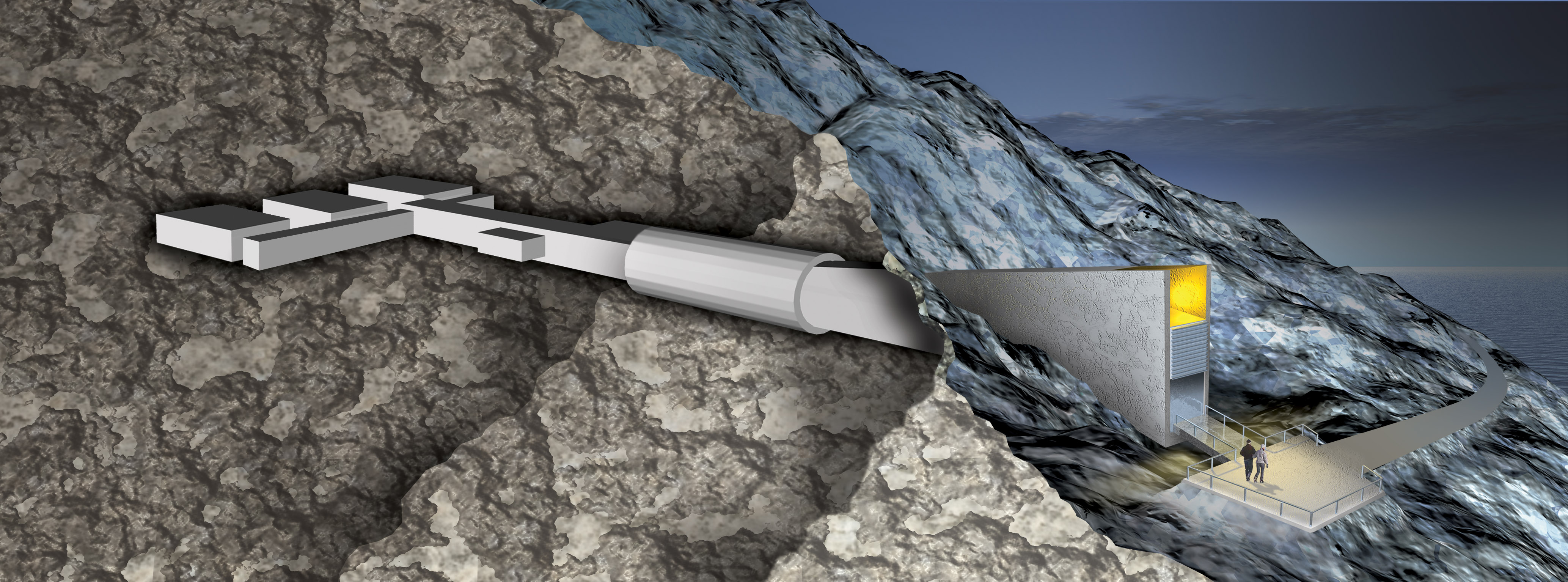
Dupont doomsday vault software#
By 1995 he had been listed by Forbes as the world’s richest man from being the largest shareholder in his Microsoft, a company which his relentless drive built into a de facto global monopoly on software systems for personal computers. He was already programming at 14, founded Microsoft at age 20 while still a student at Harvard. One thing Microsoft founder Bill Gates can’t be accused of is sloth. The models are reminiscent of the facilities built by criminally eccentric, doomsday-motivated madmen in James Bond movies. Below is a simplistic view of the vault's basic design as taken from the Lifeboat Foundation website. So, what are they really doing?Ībove, courtesy of the Global Crop Diversity Trust is an artist's rendering of the "International Seed Vault in Svalbard. If past deeds are any indicator, those who have taken it upon themselves to locate and store seeds in this secure facility are not benevolent servants of humanity they are not the preservers of life. A search of articles reveals that an association of benevolent philanthropists are financing an arc, of sorts, on the magnitude of Noah, to preserve the plant kingdom against an apocalypse.īut there is no evidence to suggest that God has commanded the most diabolically ruthless schemers in history to protect His creation by gathering seeds for safekeeping in a frozen vault. There is a highly public side to the "International Seed Vault" in Svalbard, a group of islands above the Arctic Circle and under the rule of Norway since 1925. William Engdahl comments in the article below that, when Gates, Rockefeller and Agribusiness get together on a project, it is prudent to take notice. Brazil has submitted historical documents like the Brazilian Constitution and Mexico has submitted important documents that date all the way back to the Inca period.Rockefeller, Gates, GMO giants build Arctic "Doomsday Seed Vault" Mexico and Brazil are the only countries that so far have submitted to the expanded vault. The Doomsday Seed Vault has been built In cooperation with major genetic engineering agribusiness giants such as DuPont and Syngenta Samples of wheat, barley, and grasses were sent to replace seeds in a gene bank in Aleppo that was damaged in the ongoing Syrian Civil war In 2015, the first withdrawal of seeds from the Global Seed Vault occurred. The Vault is the ultimate insurance policy for the world’s food supply, offering options for future generations to overcome the challenges of climate change and population growth. Some, including those of important grains, could survive far longer-possibly thousands of years. A feasibility study prior to construction determined that the vault could, for hundreds of years, preserve most major food crops’ seeds. Permafrost and thick rock ensure that the seed samples will remain frozen even without power. Seeds are packaged in special three-ply foil packets and heat sealed to exclude moisture. The facility is managed by the Nordic Genetic Resource Center, though there is no permanent staff on-site. The seedbank is 120 meters (390 ft) inside a sandstone mountain on Spitsbergen Island, and employs robust security systems.

The Doomsday Seed Vault has been built deep inside Arctic mountainsĪnalog storage is generally considered more future proof than digital, and as long the internet and servers are still functioning, the data will remain searchable online in the event that the planet suffers some sort of catastrophic reset. Buried deep Inside a mountain, the Vault hopes to ensure survival of organic matter and archived data. The purpose of the Vault is to store duplicates (backups) of seed samples from the world’s crop collections. On 1 January 2008 the Nordic Gene Bank was integrated with NordGen. Norway, Sweden, Finland, Denmark and Iceland’s prime ministers ceremonially laid “the first stone” on 19 June 2006. These data will be transferred to a special film that is designed to withstand significant wear and tear. Now a country can upload tests, images or audio-visual content to special servers. Now the Doomsday Vault has expanded and don’t only store seeds but archiving data using developed film. More than 10,000 seed samples of more than 2,000 cultivars for 300 species have since Map of Svalbardġ984 been deposed.
Dupont doomsday vault archive#
The so-called World Arctic Archive has, since 1984, stored backup Nordic plant germplasm via frozen seeds in an abandoned coal mine at Svalbard. Many of these are, however, vulnerable, exposed for disasters as well as natural catastrophes and war. The World has already over 1,700 gene-banks holding collections of food crops for safekeeping.


 0 kommentar(er)
0 kommentar(er)
